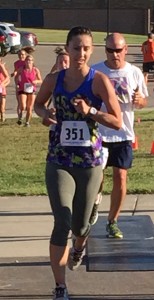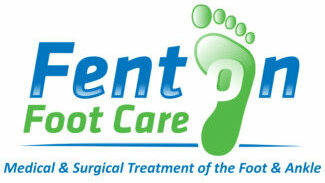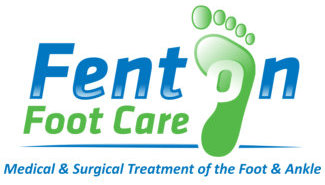Dr. Holdren Otis

I am a runner, I also get lots of questions from patients about what shoe to buy. Running shoes are the only essential piece of equipment needed for the distance runner. Studies have shown that 35-60% of runners have minor musculoskeletal injuries EACH year. There are multiple reasons for injury including overuse, running surface, poor strength/flexibility, biomechanics and lastly, shoegear.
“Running shoes come in a variety of shapes and sizes, so how do I tell which one is right for me?”
First, here is some background on running shoes. Shoe companies try to help with the decision by categorizing their shoes into Cushioning, Stability, Motion Control, minimalist and “barefoot” types. The idea behind these categories is to reduce injury and give options because feet come in all shapes. Cushioning shoes are designed for runners with a stable foot that needs some shock absorption. Stability shoes are made to have a medium amount of support. Motion control shoes have medial arch fill and lots of cushioning for a more stable ride. Minimalist shoes are made to be lightweight, without arch support and are highly flexible. Barefoot running shoes are made to give a few millimeters between you and the ground to protect your skin. Many research studies have been conducted and it has proven difficult to correlate gait and foot type with the “correct” type of shoe. With 125+ different running shoe companies all doing their own thing-the best way to know is to try a shoe on.
*** please note that I stay away from the common terms “pronation” and “over pronation” when describing shoes and running gait. Pronation is an often misused term and a complex motion because it involved three motions in the foot, dorsiflexion, abduction and eversion. Pronation is not a bad thing that needs to be stopped, it is a normal and essential motion of our running and walking gait.
“What should I look for in a shoe?”
Make sure the shoe fits when you first put it on and walk in it. Shoes will rarely stretch out or form to your foot as you wear them. Some shoes stores will even let you run on their treadmill with your new shoe options. The toebox must have enough room for your toes, both width and depth, so blisters, calluses, toenail problems and pain do not slow down your training. The heel should not slip or rub. If you wear orthotics or inserts bring them to the store with you to make sure you have the perfect fit.
“When should I replace my shoes?”
A study in 2008 showed that running in a pair of shoes for as little as 200 miles can decrease the cushioning and cause adaptations in running gait! The range of running shoe life time has been given between 350-600 miles. I prefer about 350-400 miles. If you notice your ankles, knees or back are a little more achy than usual, consider the age of your shoes. Alternating two pair of good shoes can be helpful as well.


